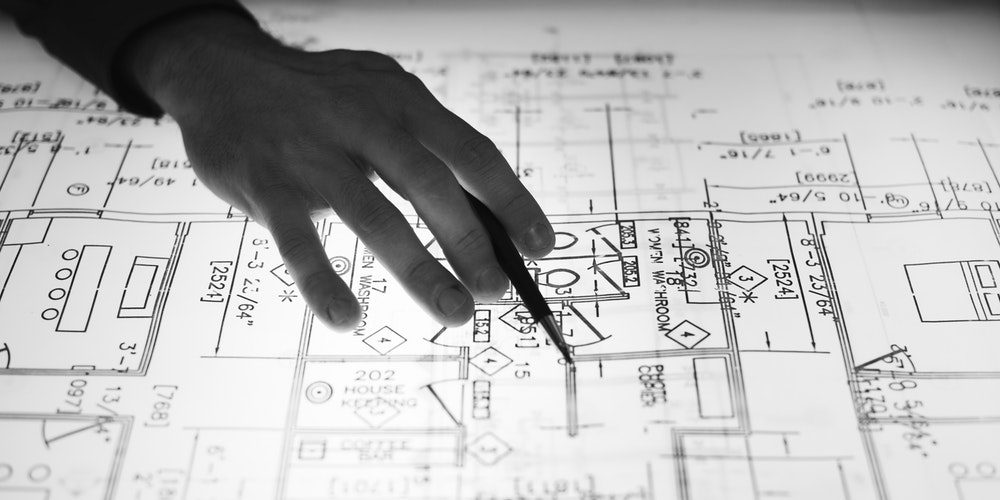I love architects’ designs. As a child I spent hours drawing my perfect’ house. It was exactly how I wanted it. So, when I see those beautiful brochures of new developments – master-plans proclaiming places people should want to live, work and play in, I’m back in my bedroom with paper and coloured pencils. Sculpted trees, litter-free streets, little traffic, blue skies. It’s how we want it to be.
But these aren’t the streets and estates we really commute through, work in, and return home to. Where is the young woman sleeping rough, buried under blankets with a take-away, gone cold, left by a well-meaning passer-by? Where is the old man, sitting on a stool chatting, selling copies of the Big Issue that he bought with his own money, to sell on to you for yours? Where is the woman huddled next to a cash point, her sleeping partner’s head in her lap, begging with a battered Café Nero cup?
We talk about place-making and vibrant communities, but the places we want to make, that we draw, design and sell don’t include everyone. However diverse we try to make the faces of the people in the brochures, too often we ignore society’s visible invisibles’.
And because they don’t exist in our plans, they’re never included in our thinking. They are erased – like one of those Stalinist photos of the Politburo that had to be retouched after each wave of purges to keep up with an ever-changing reality’.
And if they’re not there, they can’t be heard. Not only invisible, but silent too.
Across the industry, formidable and much needed efforts to challenge the lack of diversity are being made at every level. Real Estate Balance, Freehold, the BPF, Revo, and the RICS to name but a few are driving initiatives championing greater diversity in real estate. Reports pile up extolling and evidencing the value added to decision-making, to culture, and to profit by embracing diversity. Whether measured by balance in gender, sexuality, ethnicity, educational and/or social background, the drive to broaden the diversity of our workforces, and, perhaps more importantly, our Boards and senior management teams is changing gear. It’s long-overdue, but vital and hugely welcome.
But if we increasingly see the value of diversity in our commercial and organisational health’, can the same be said of our core business – the way we shape the working and living spaces of the future? Do we challenge ourselves to listen to, to understand and to embrace the needs of all within the communities we hope to serve? The people who are homeless? The people holding down several jobs and yet still need Food Banks? The young people flirting with gangs? Do we reach out to those familiar, visible, but overlooked stakeholders’ and ask ‘We want this place to be good for everyone. How can we make it good for you?’
The answers, if we choose to listen, might surprise us. And as Boris Pasternak, the author of Dr Zhivago (and who survived the purges) wrote ‘Surprise is the greatest gift which life can give us’.
This is not about drawing Big Issue vendors or people sleeping in doorways into our master-plan submissions (though why not?). This is about recognising that the property industries can (and arguably have to) transform more than just the built environment. Society has seldom felt so divided. There are few better placed to help connect us together, to re-build us. Maybe, in turn, we can surprise those who think the industry doesn’t care and return an extraordinary gift to the extraordinary people who too often we simply ignore.
This blog post originally appeared in EG here.

